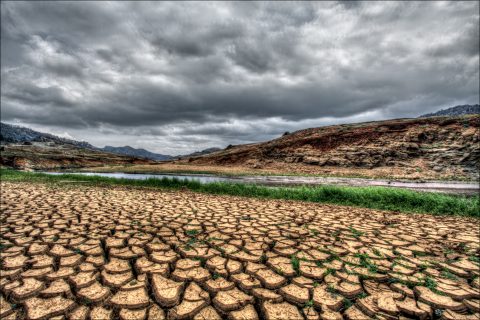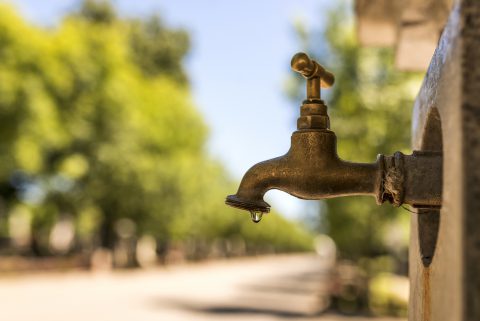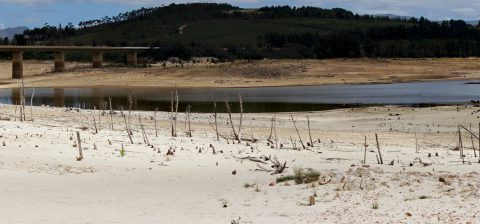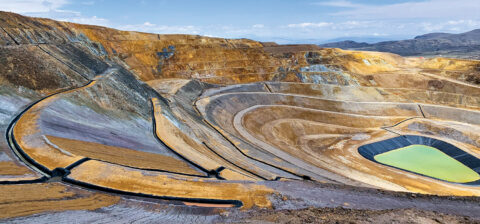Sunday Times Green
Beyond Day Zero
When the Cape Town Executive Deputy Mayor, Ian Neilson, announced in a media statement that “provided we continue our current water savings efforts, Day Zero can be avoided completely this year”, many residents of the city breathed a sigh of relief.
Day Zero refers to the day when the taps in Cape Town run dry.
While the news that Cape Town has managed to push back Day Zero into next year is good, there are a lot of questions that remain unanswered. After all, water restrictions in Cape Town are still challenging – the 50-litre a person limitation is the minimum amount the World Health Organisation considers acceptable to meet basic needs and avoid health concerns over the medium term. While Capetonians have adapted in the short term, long-term effects on infrastructure and public health are still unknown.
How did the situation get here? Could other cities in South Africa face the same predicament? How sustainable is current domestic water use in Cape Town? What can cities learn if they want to avoid similar crises?
Taking stock
Christine Colvin, senior manager of freshwater programmes at the World Wide Fund (WWF) for Nature South Africa, an organisation dedicated to protecting South Africa’s natural heritage, says that the situation is a result of “three years of low rainfall during the drought (which) meant that last year (2017) we started our summer dry season with our dams less than half full.”
Professor Evans Chirwa at the Water Utilisation Division of the Department of Chemical Engineering at the University of Pretoria accepts that the water crises in Cape Town was partly caused by the drought of the last few years. However, he also says that the government and city authorities have known from around 2000 that cities such as Cape Town, and indeed other South African cities, would face this predicament by 2025 unless something was done to increase capacity and decrease wastage.
For a city like Johannesburg, Chirwa says, as much as “52% of all water made available for human use” may be being wasted.
Mike Muller, adjunct professor at the Wits School of Governance, agrees with Chirwa that Cape Town has known for some time “that it would need to increase available water supplies.” However, he says the city “decided to delay investment in new infrastructure in the hope that there would not be a drought.”
Unfortunately, “a severe drought occurred at the same time as existing infrastructure had reached the limit of its capacity,” says Muller.
What’s disturbing is that the rest of the country isn’t learning from Cape Town’s plight, which is unlikely to be a once-off.
“If not corrected”, says Chirwa, “even without the droughts such as the one gripping the Western Cape right now, we believe the whole country will face its own Day Zero scenario by the year 2025. “This will not be a factor of droughts but rather a result of us having utilised all the available water resources in the country, which is a much more serious problem than what the Western Cape is facing right now.”
Not just a Cape Town problem
While residents in other cities may be complacent and think that the water crisis is a Cape Town problem, the experts believe that no city in South Africa is completely safe.
“Cape Town is not unique,” says Muller. “Over the past decade, cities around the world have experienced similar problems in, for instance, Australia, Brazil, Spain and the USA.” In his view, “there is a tendency to delay the investments needed to provide reliable water supplies.”
This turns the problem into one of governance and management as opposed to one emanating from a shortage of water.
Even with water restrictions in place, WWF’s Colvin says that the current usage in Cape Town may not be sustainable.
“We are concerned that current levels of groundwater use are unsustainable,” Colvin says. “Many borehole users are not metering their groundwater use, and there is inadequate monitoring of ambient groundwater levels to see where levels are falling. Groundwater reserves are built up over hundreds of years.
“Those reserves have served us well during this drought but will not be there to continue meeting our needs in the future if we don’t monitor them and quickly determine what abstraction rate is sustainable.”
Sustainable solutions
What then must be done to find sustainable solutions? Muller says that “cities like Cape Town would have to turn to desalination of seawater to increase their supplies.”
Chirwa believes that the global popularity of desalination is likely to bring down the costs involved, which are currently very high, and make it more affordable.
However, Chirwa points out that there are other problems with desalination. For a start, it requires a lot of power, which is likely to be generated from fossil fuels. There’s also the question of what to do with the salty by-products of the process.
“What do we do with the sludge produced from this method?” Chirwa asks. While cities close to the sea can take it back into the sea, an environmental impact report published ahead of Cape Town’s desalination construction last year points out the lack of research into the impact of depositing saline sludge into coastal areas. It recommended regular monitoring over the proposed plants’ lifespan.
Inland cities, meanwhile, have even bigger problems. Chirwa gives the desalination plant in Emalahleni, Mpumalanga, which is producing about a quarter of the water used by the town from desalination of water drained from mines, as an example. However, these mines are already facing the challenge of what to do with the by-products of the desalination.
For Muller, there must also be a change in citizen behaviour outside of Cape Town. People need to start understanding “where their water comes from or how long it takes to make new supplies available.” In his view, “people should use water responsibly and efficiently since this will help avoid expensive new supply projects which will put up the price of water.”
While it is clear that the measures adopted by residents and businesses in Cape Town managed to avert Day Zero, the question still remains as to whether those methods will work for the whole country in the long run. Chirwa thinks that while the Cape Town situation was extreme, “South Africans need to think about the use of water the way people in the rural areas do.” They understand where their water comes from and thus preserve it.”






 Sign-up and receive the Business Media MAGS newsletter OR SA Mining newsletter straight to your inbox.
Sign-up and receive the Business Media MAGS newsletter OR SA Mining newsletter straight to your inbox.